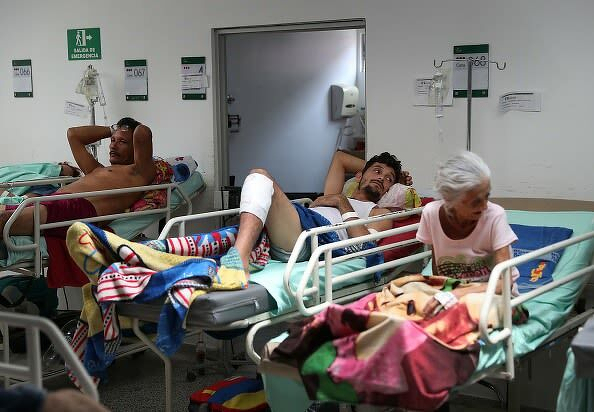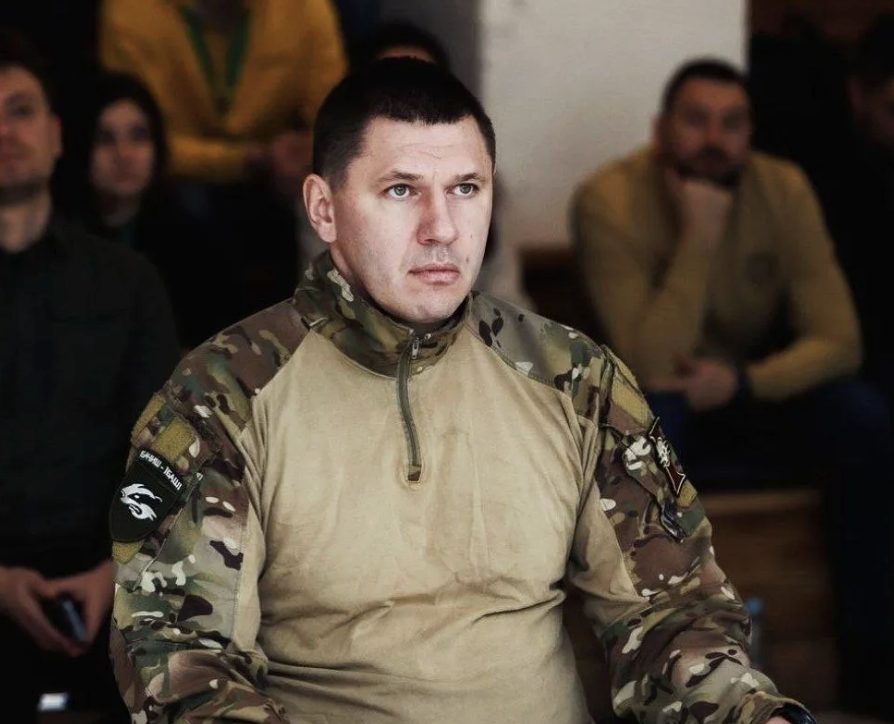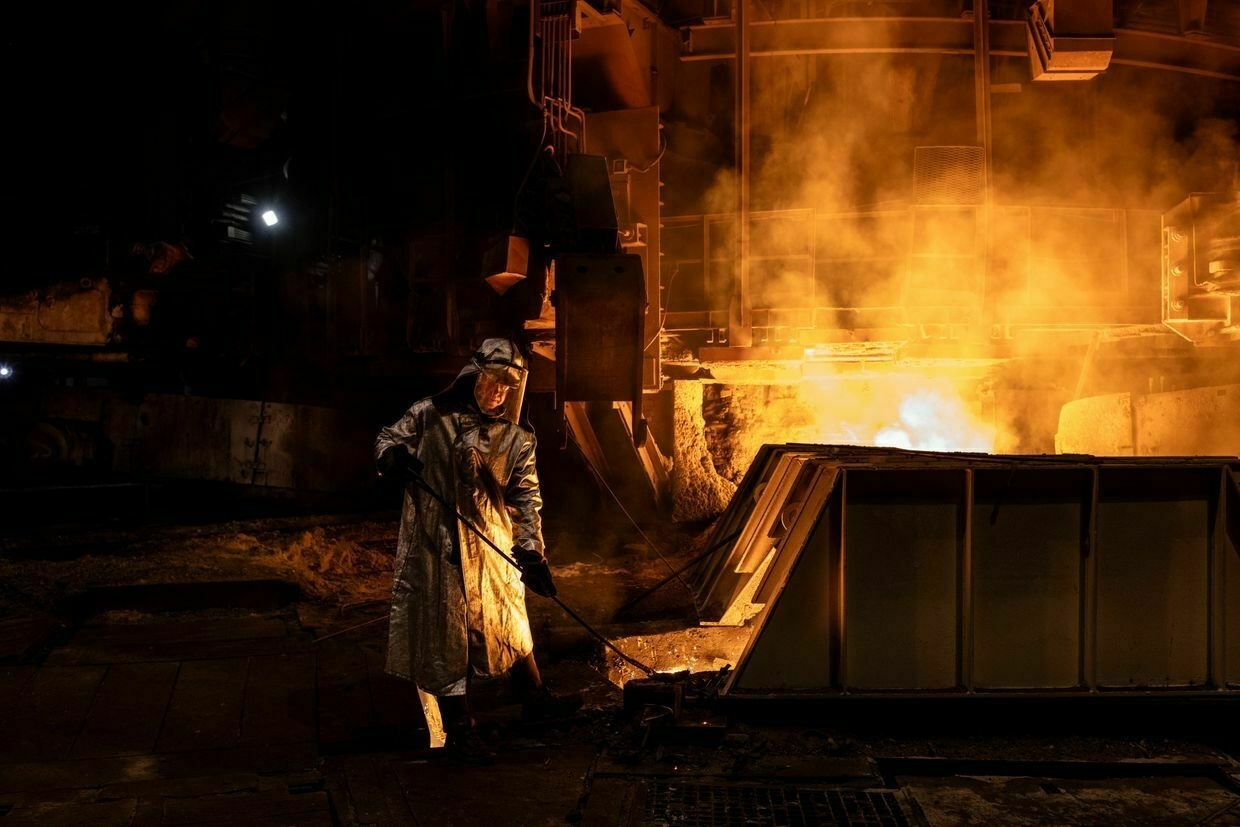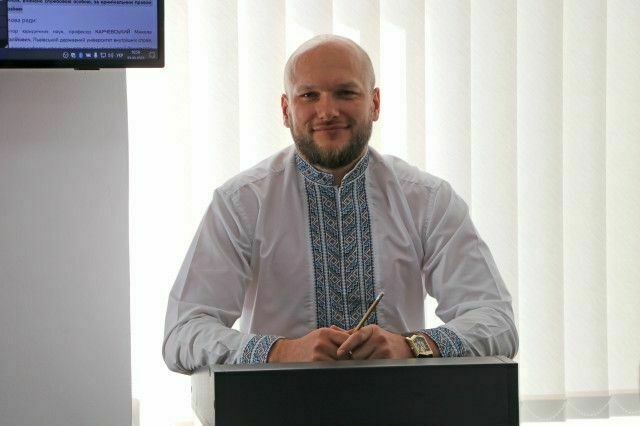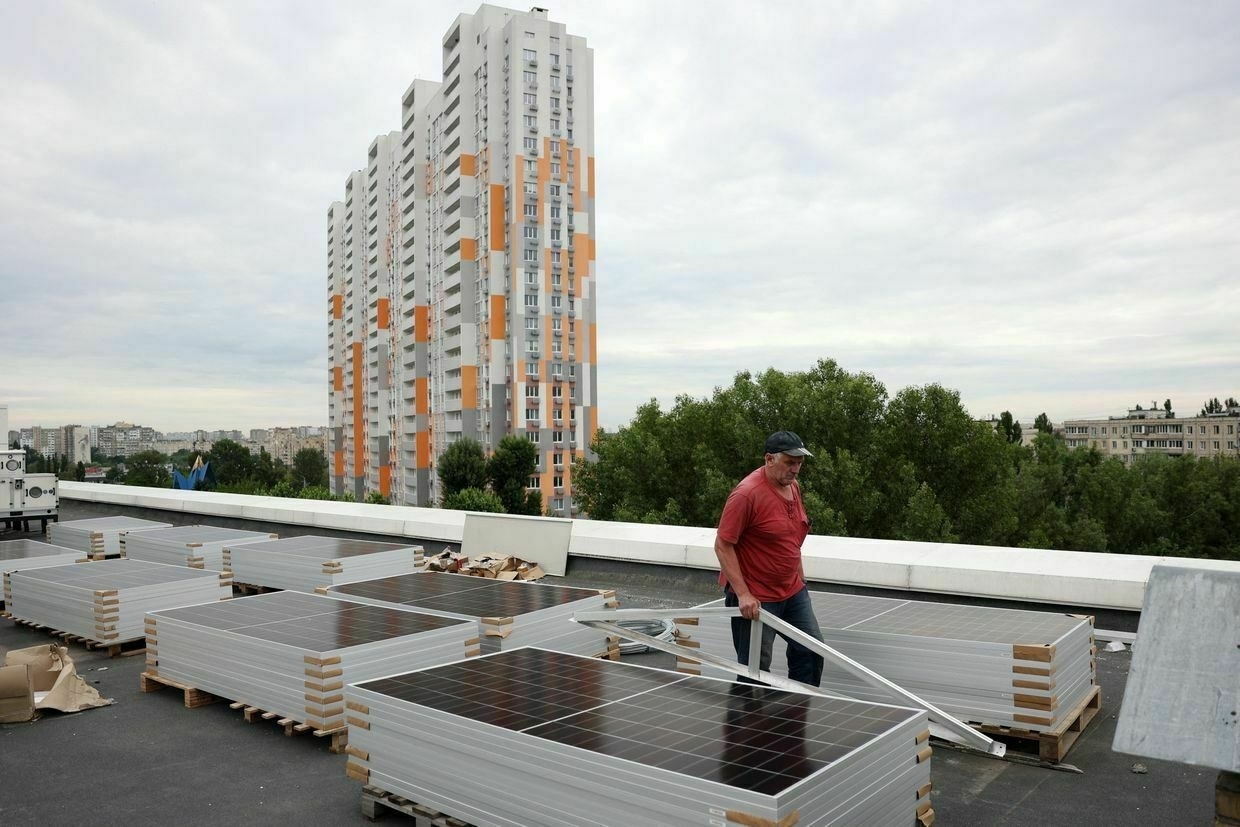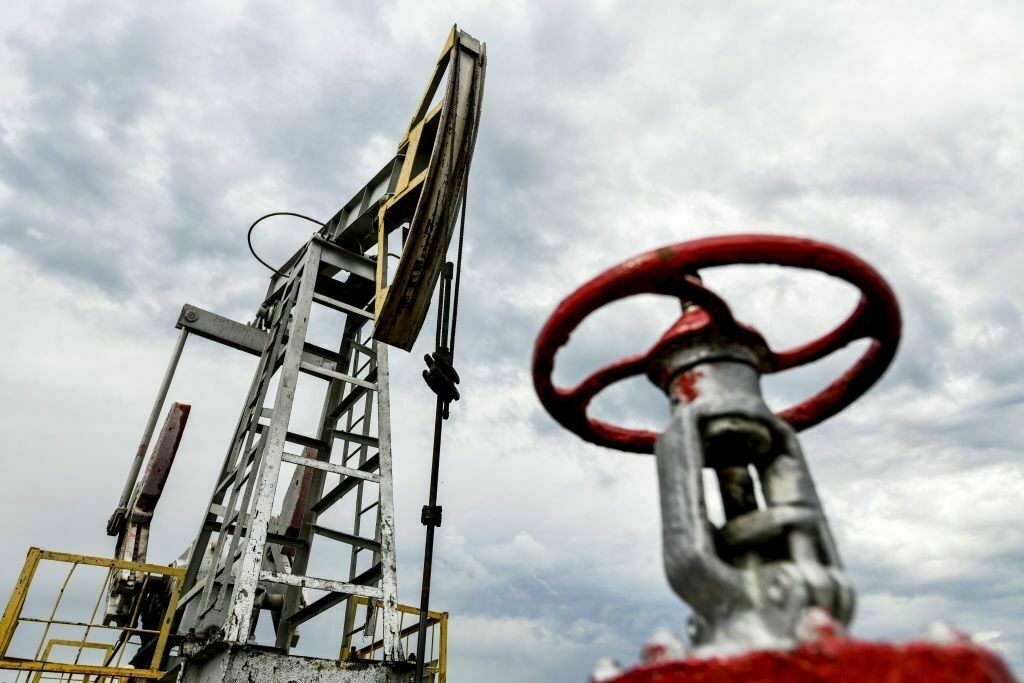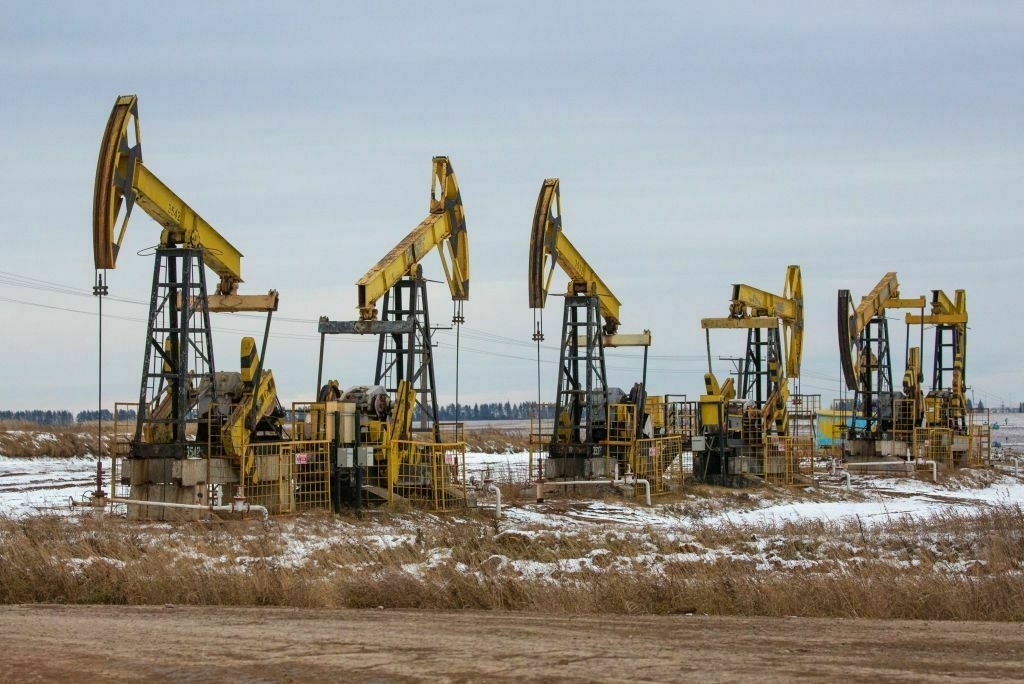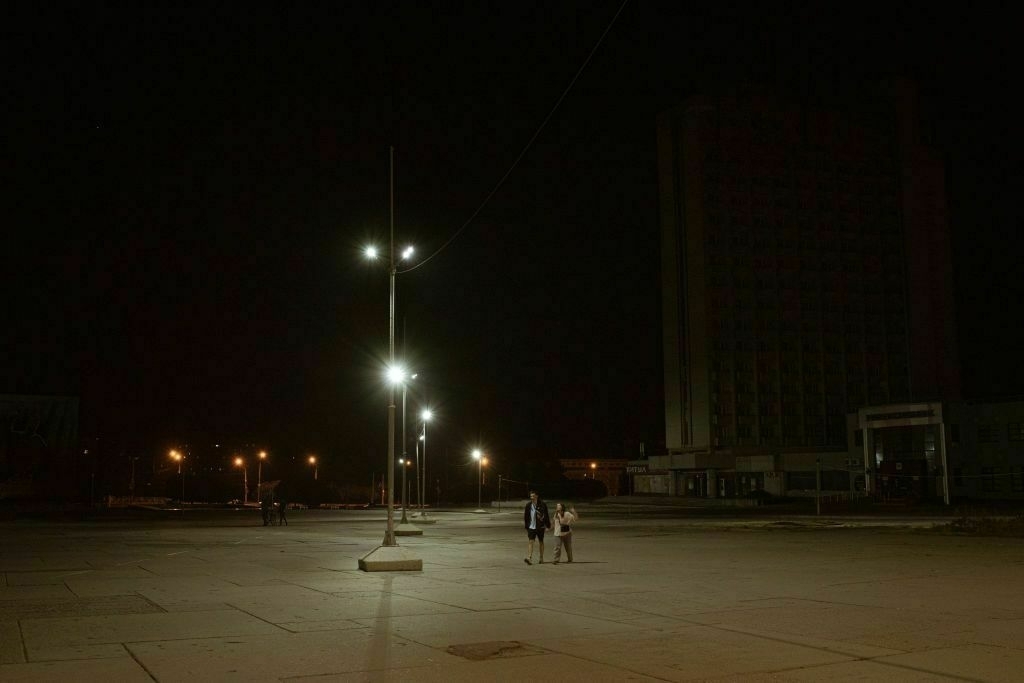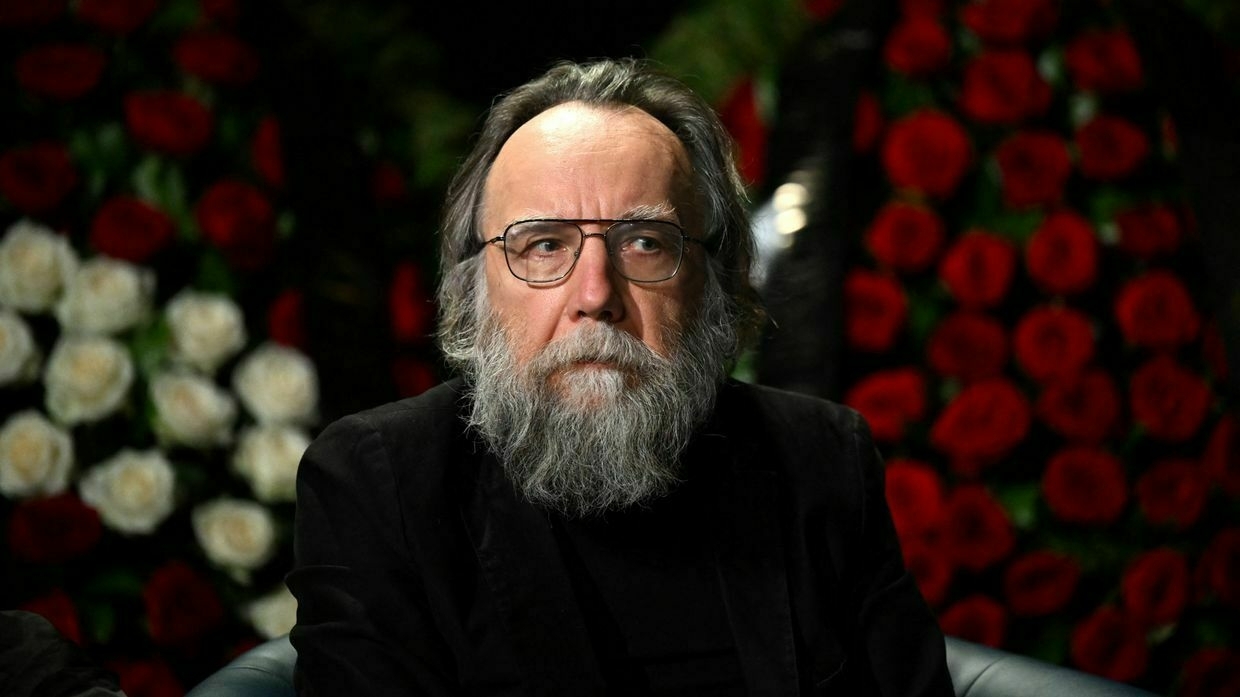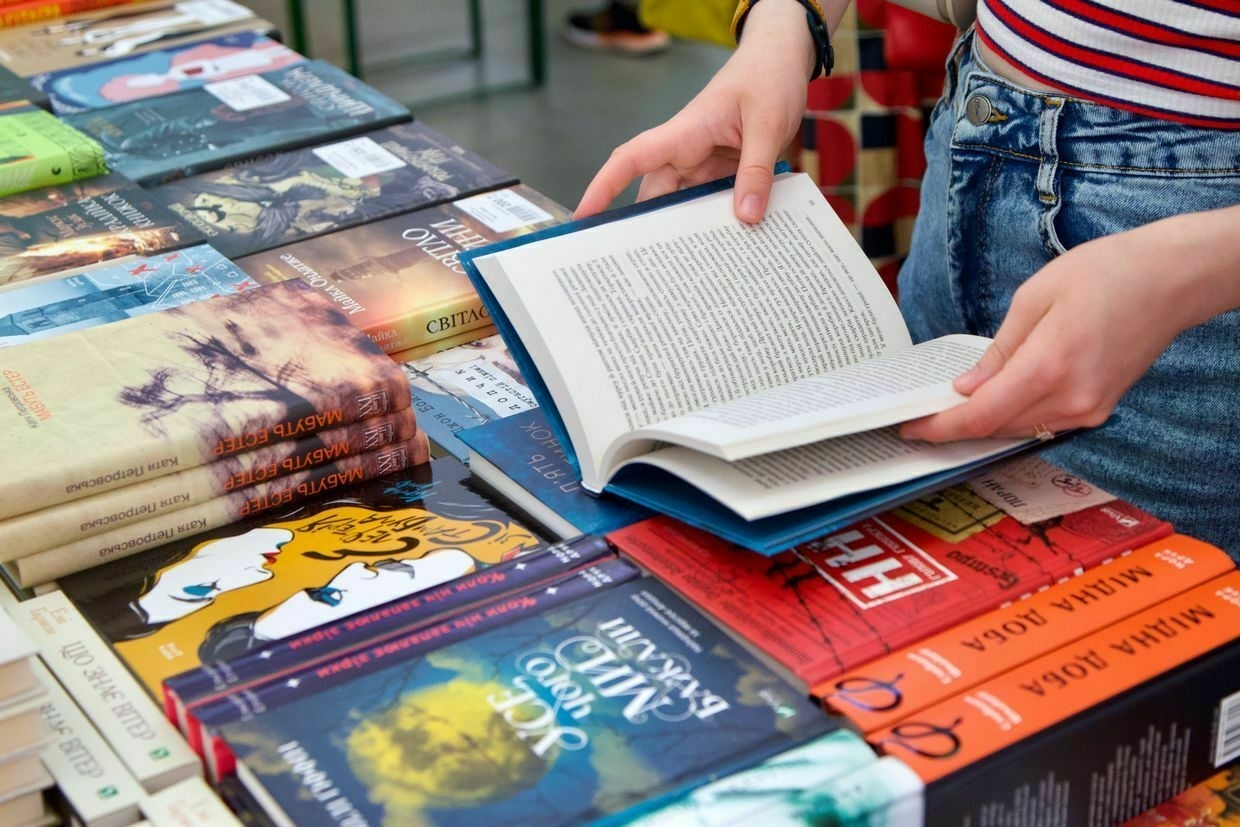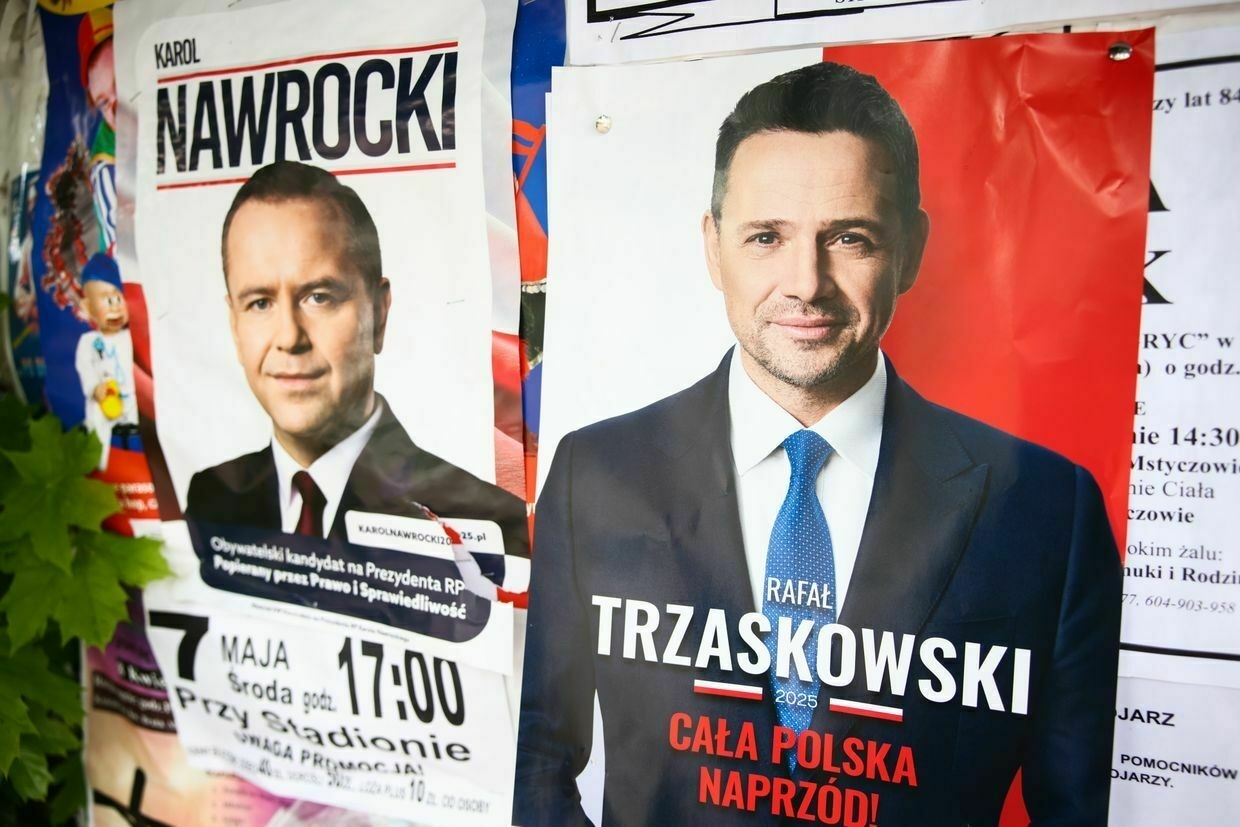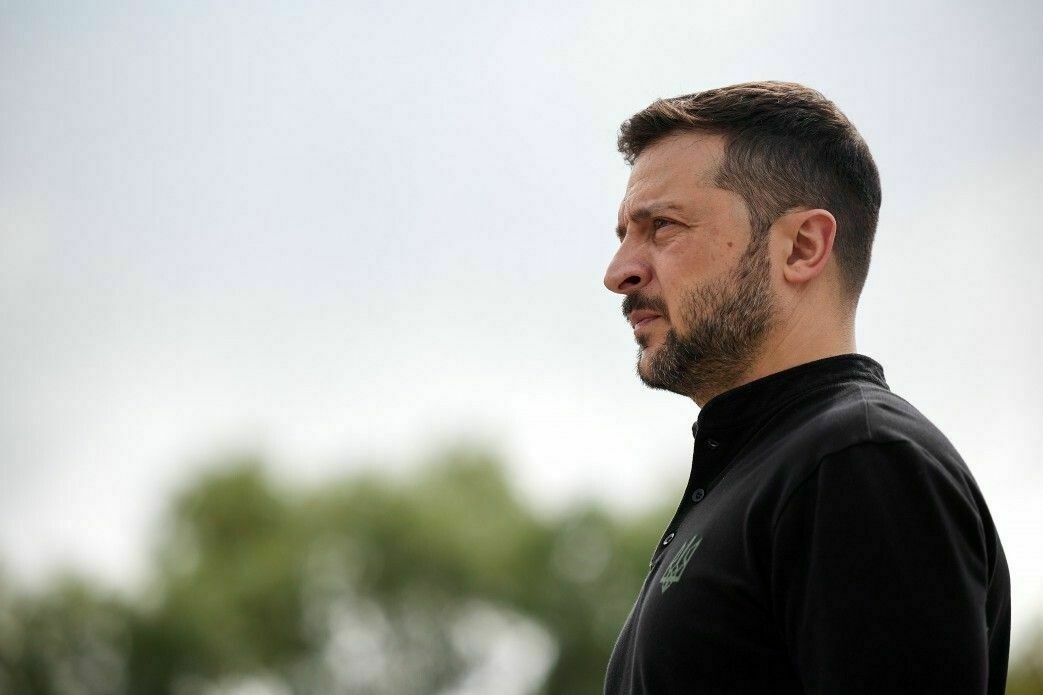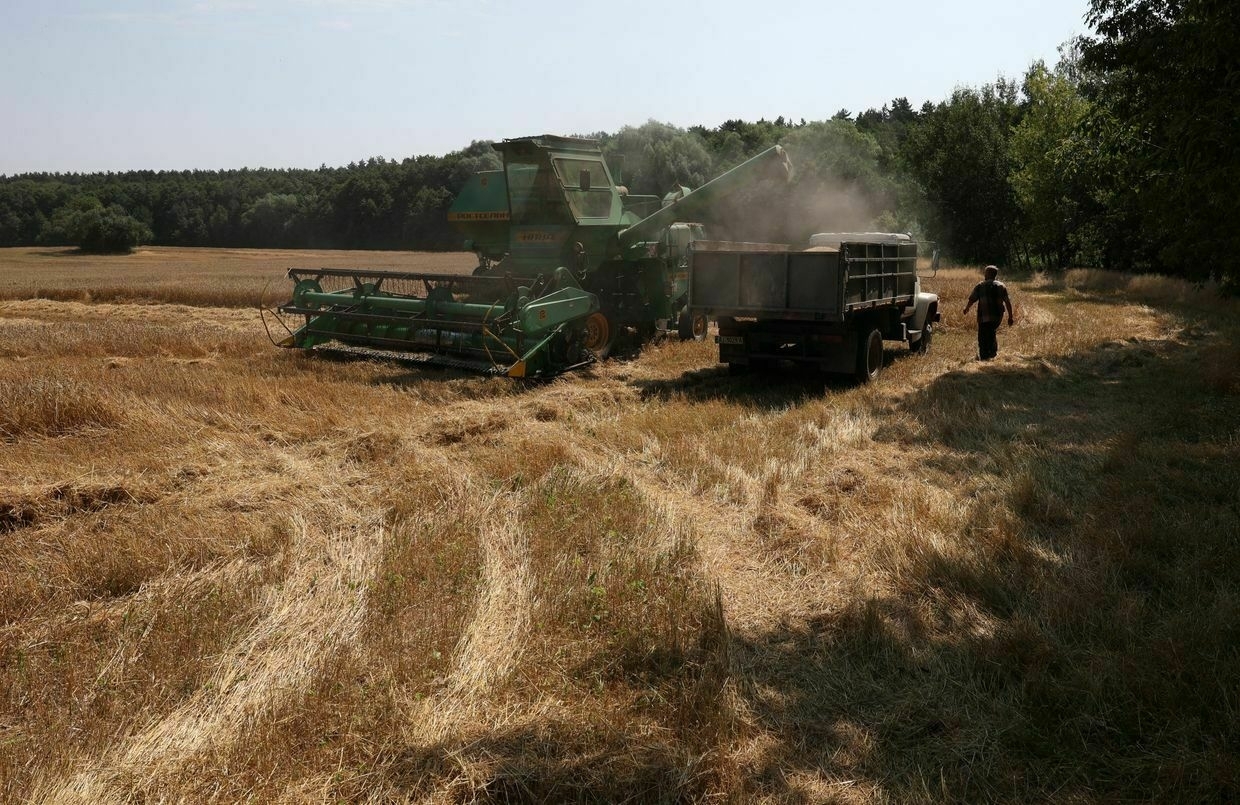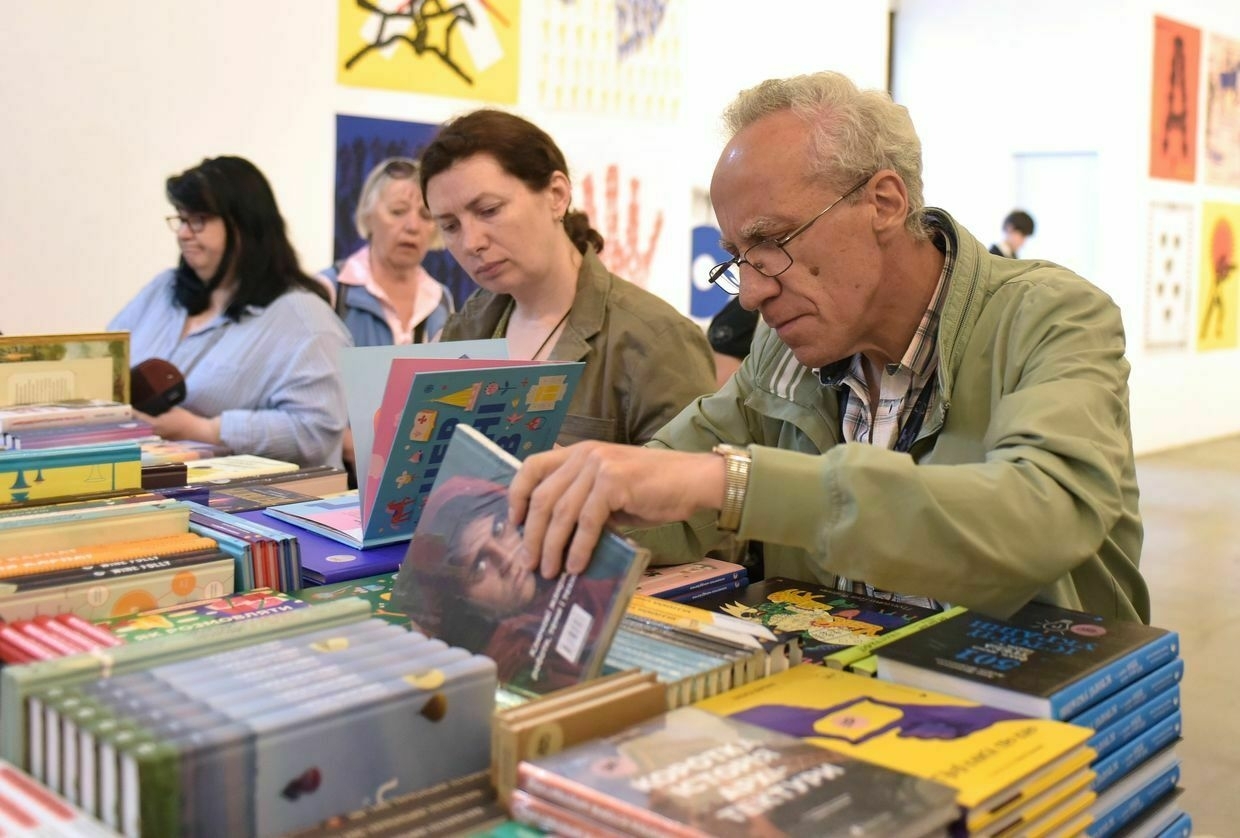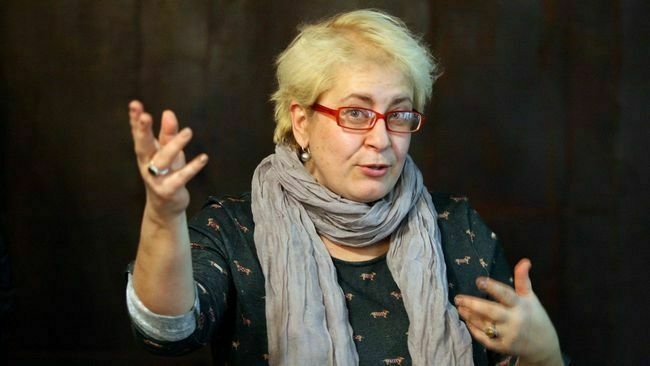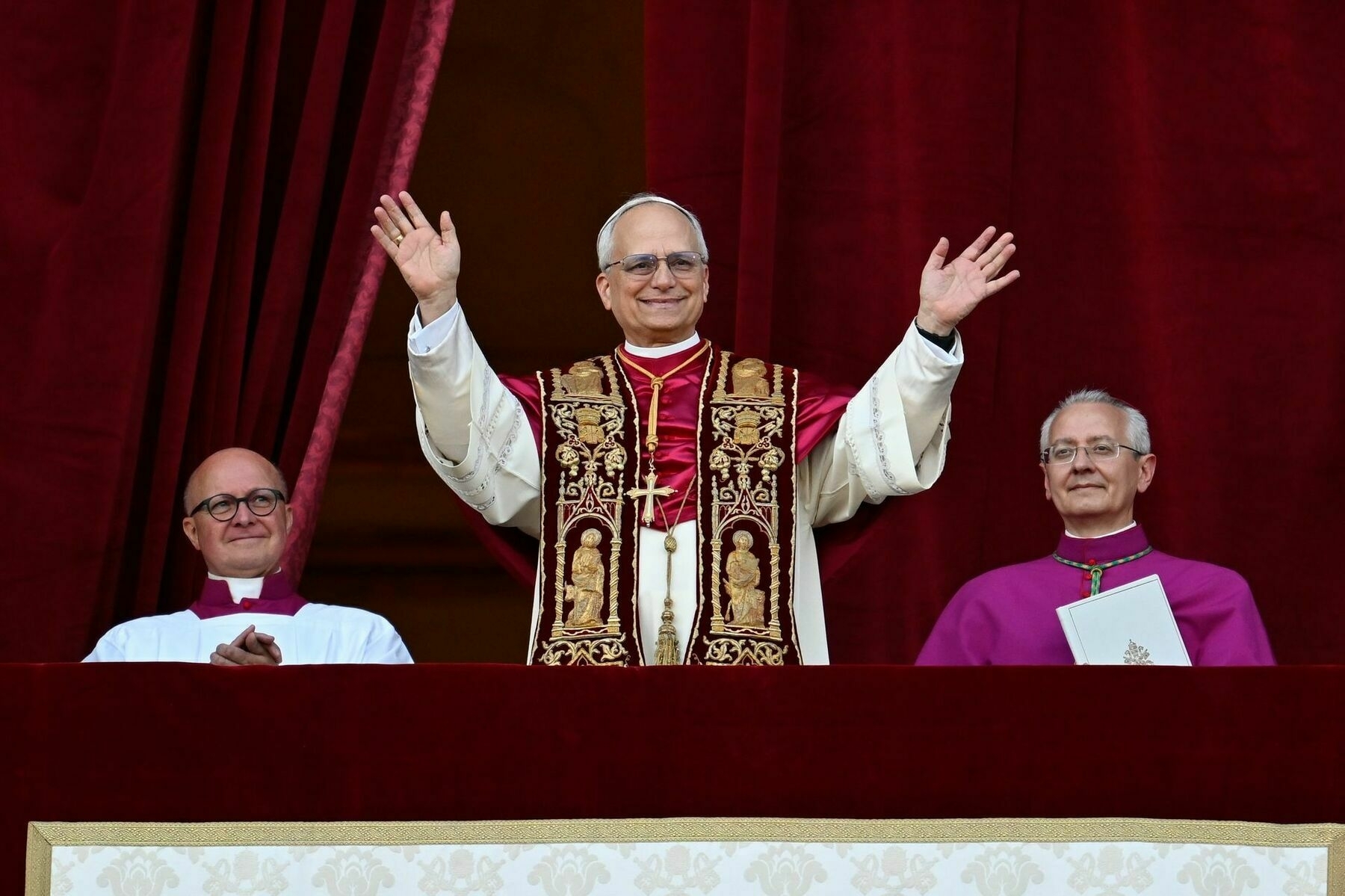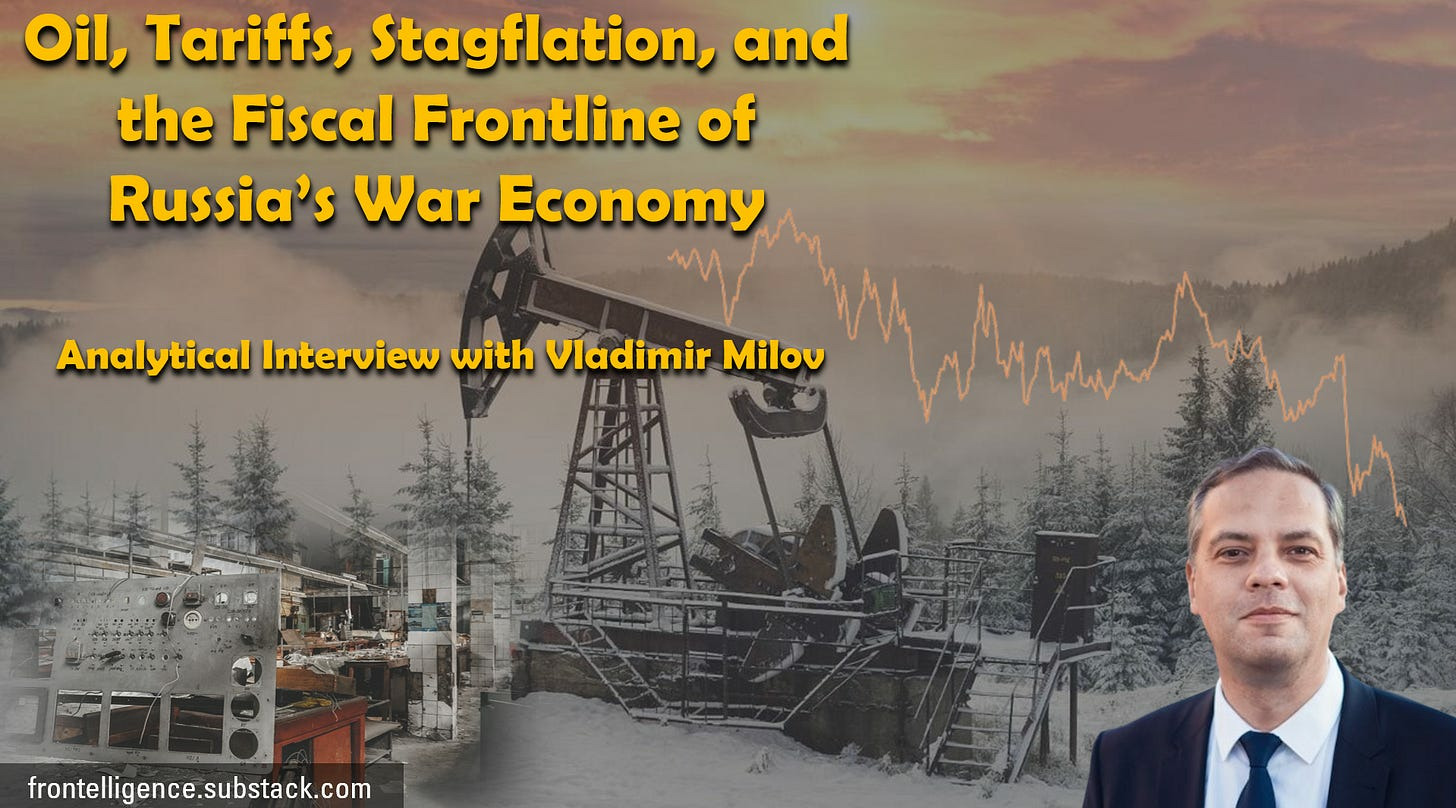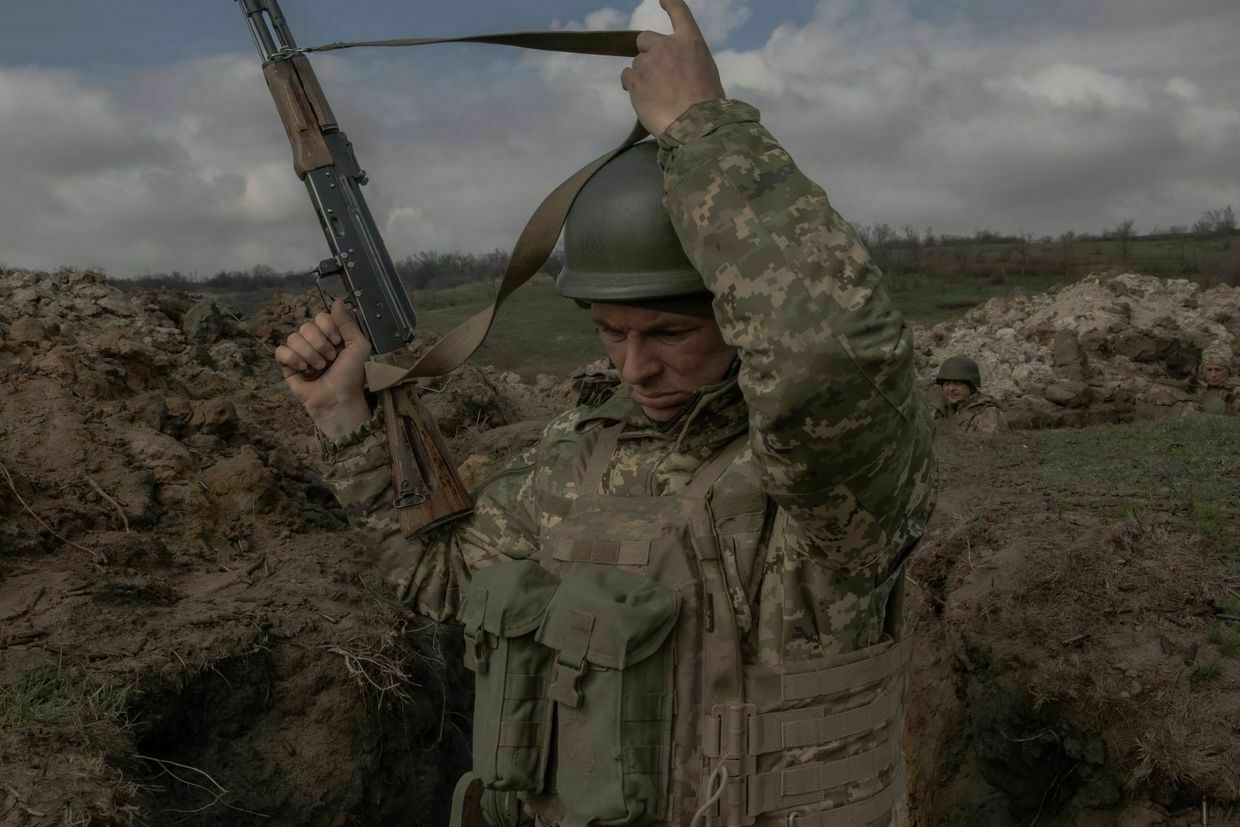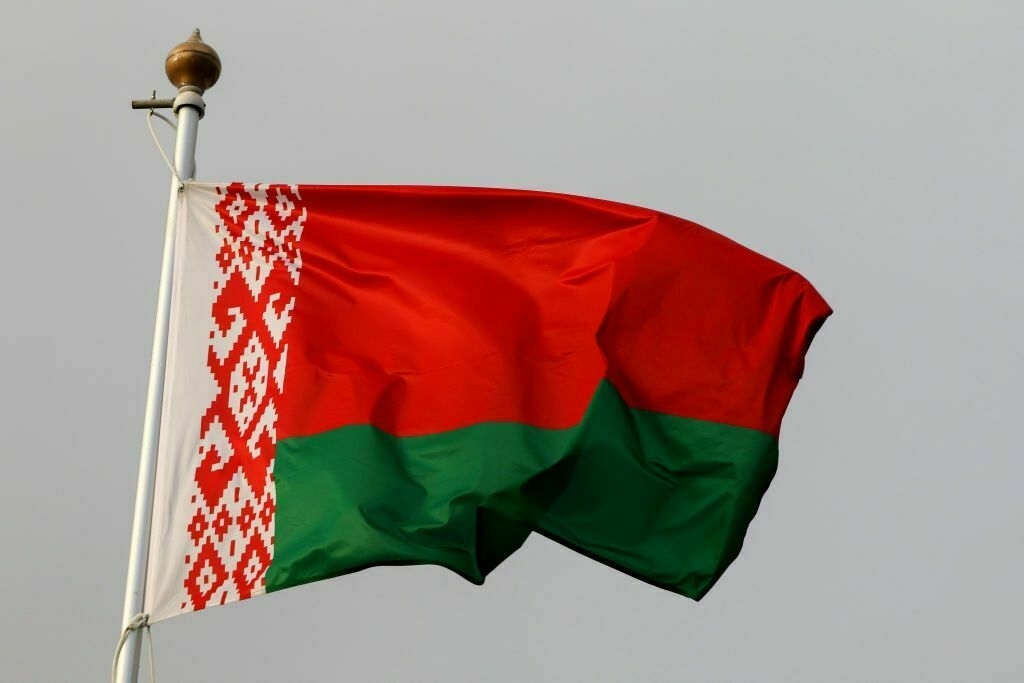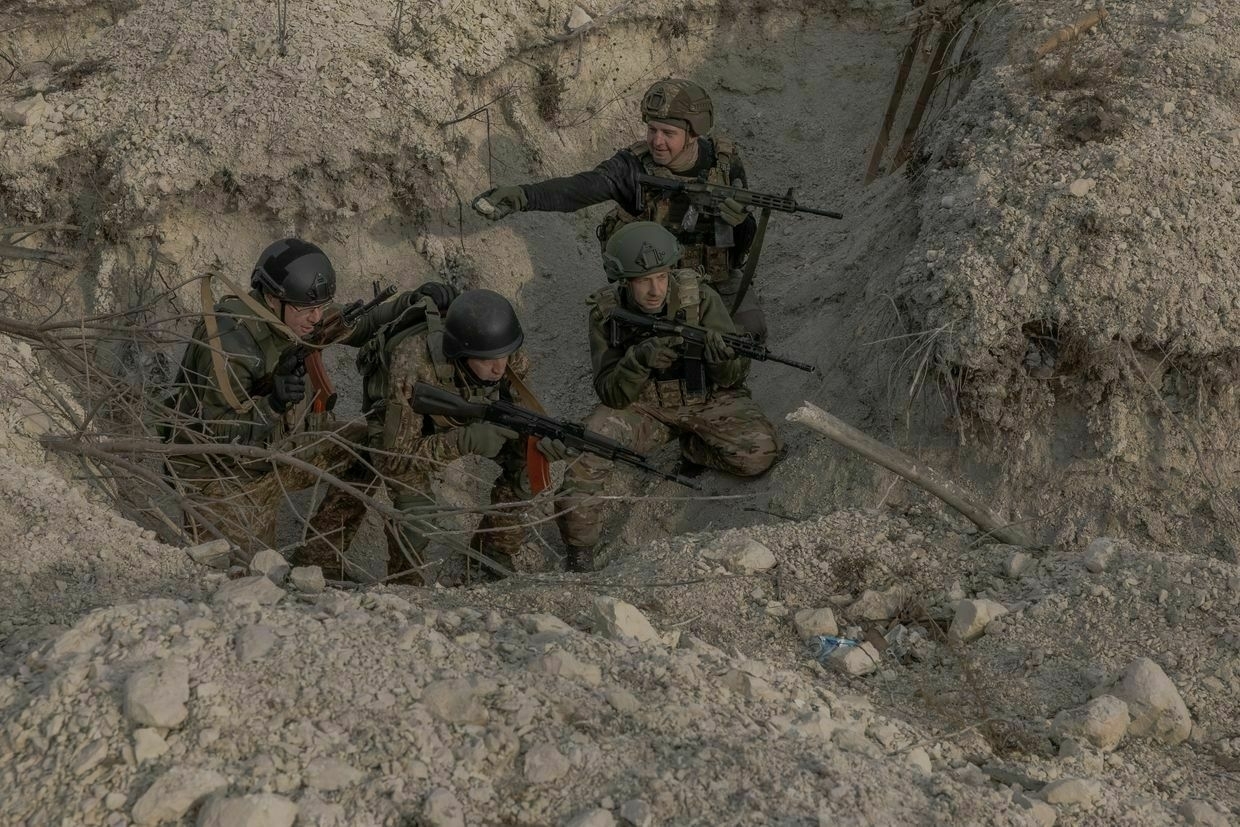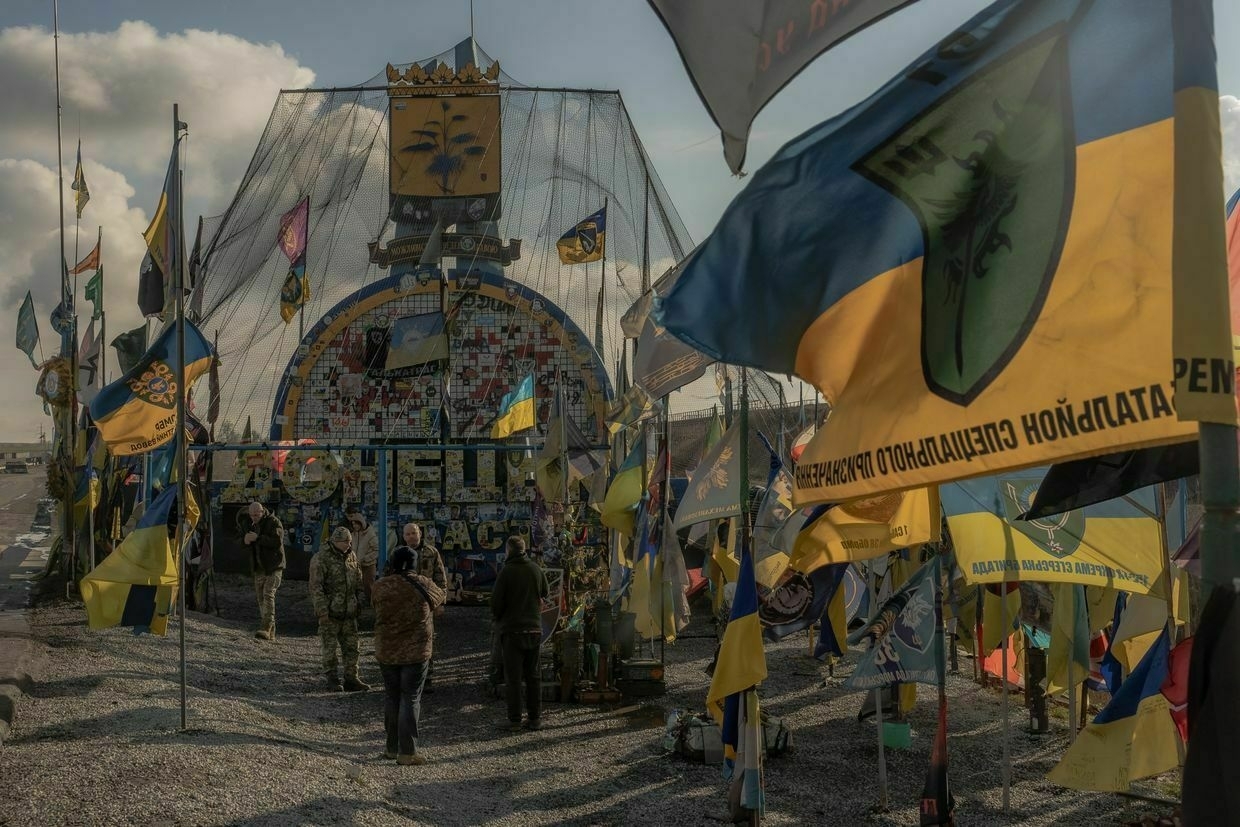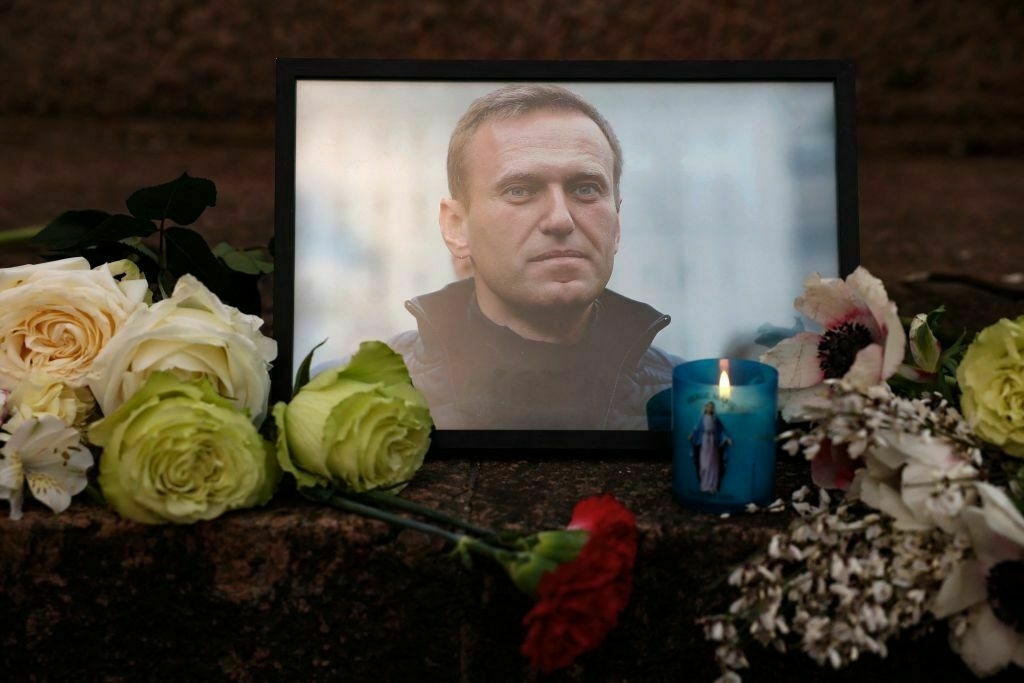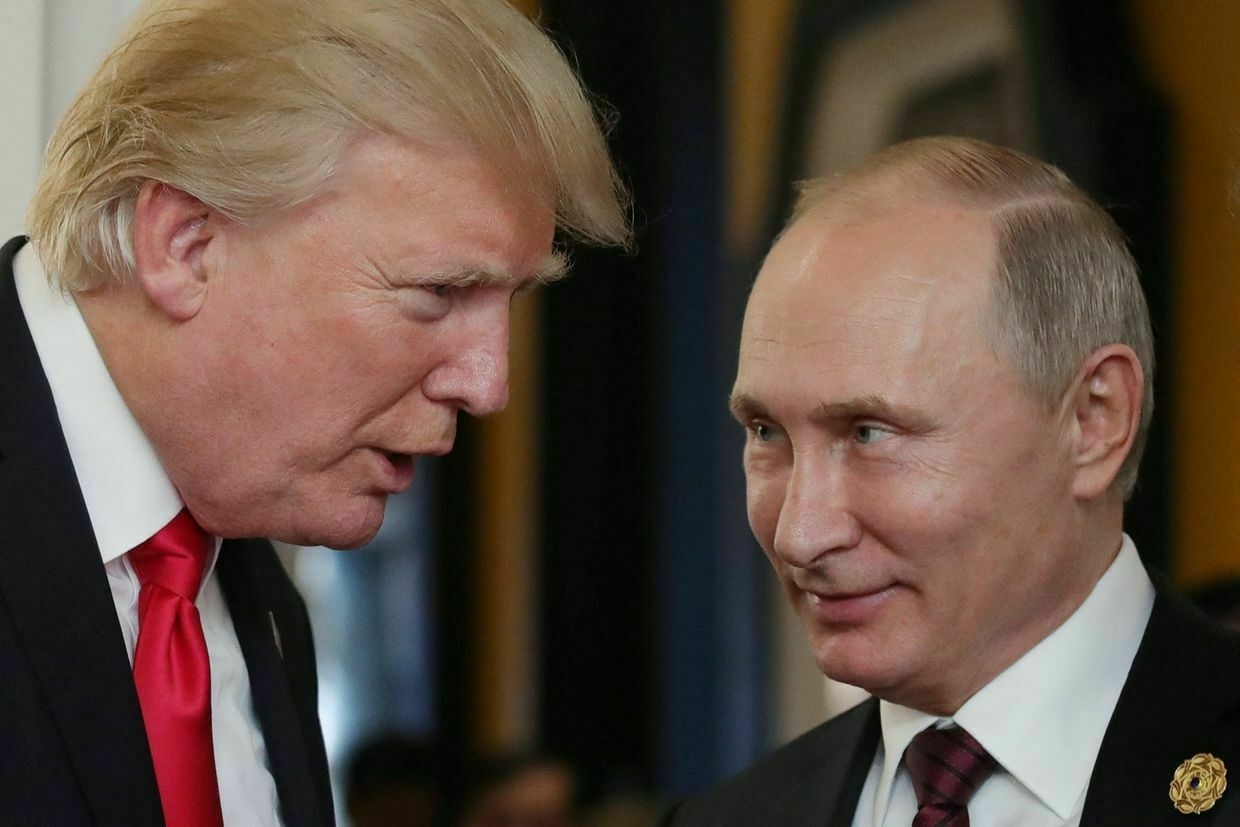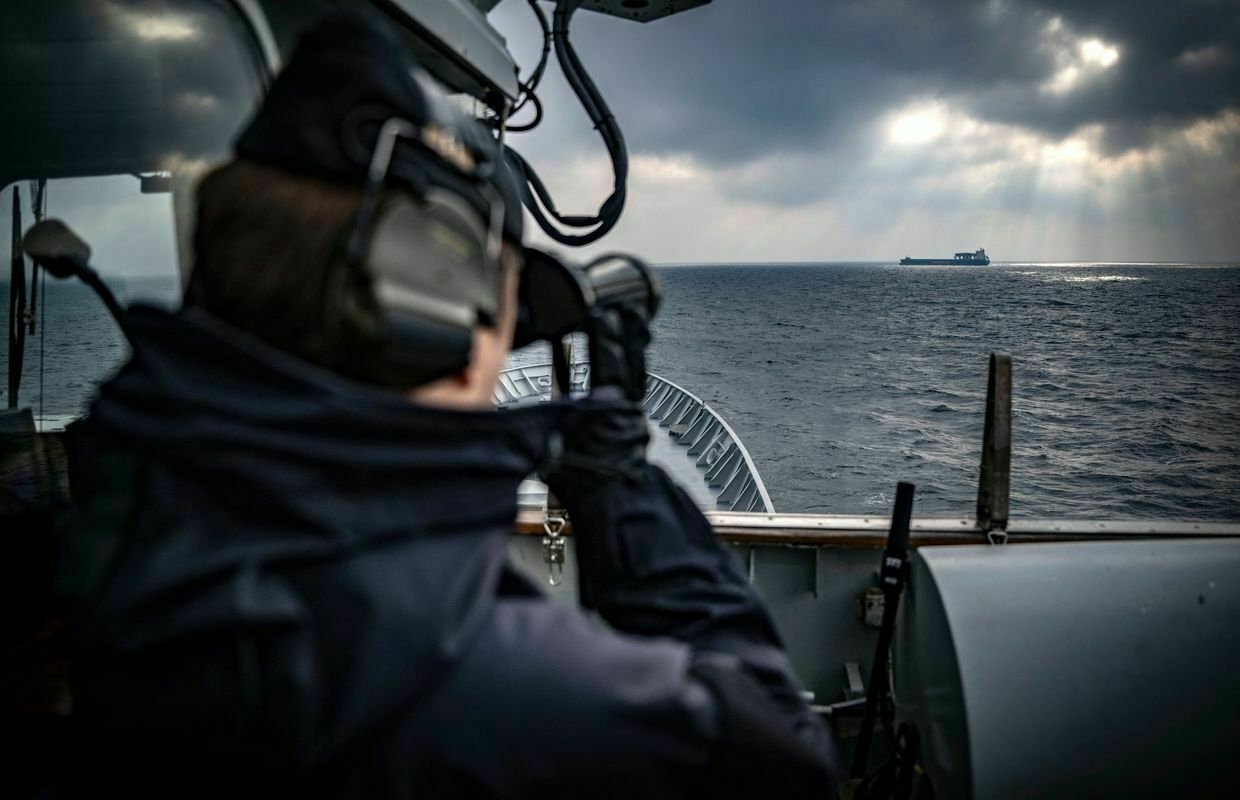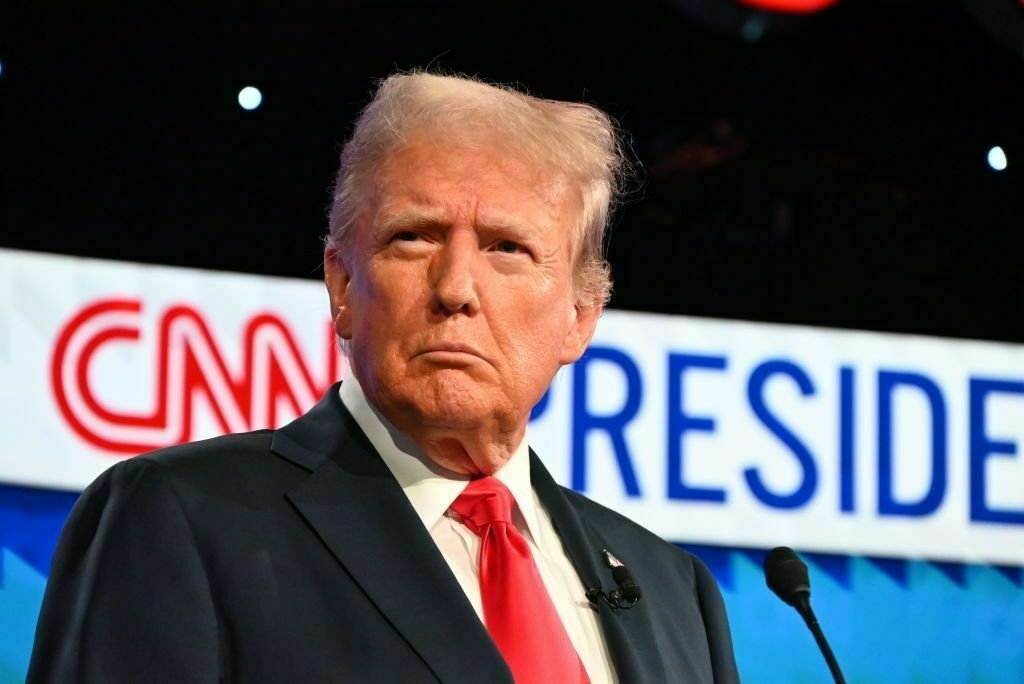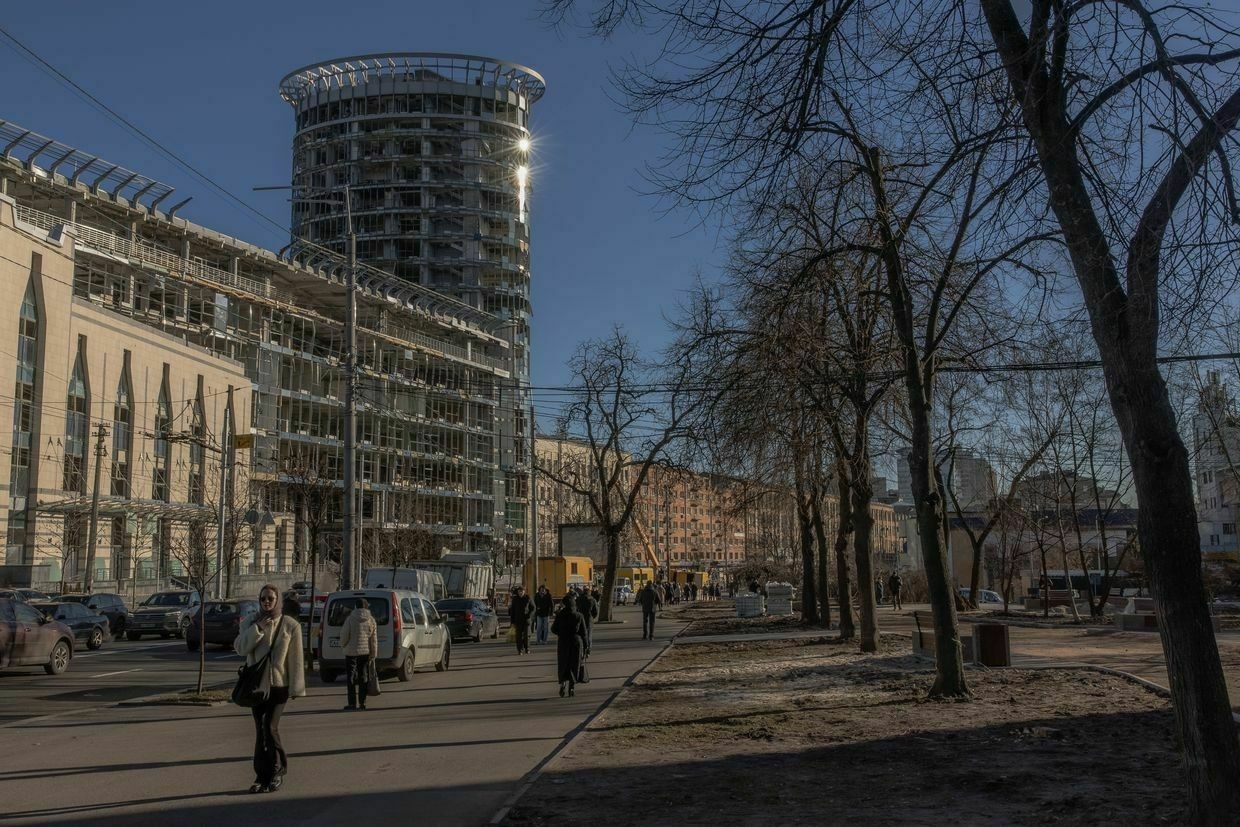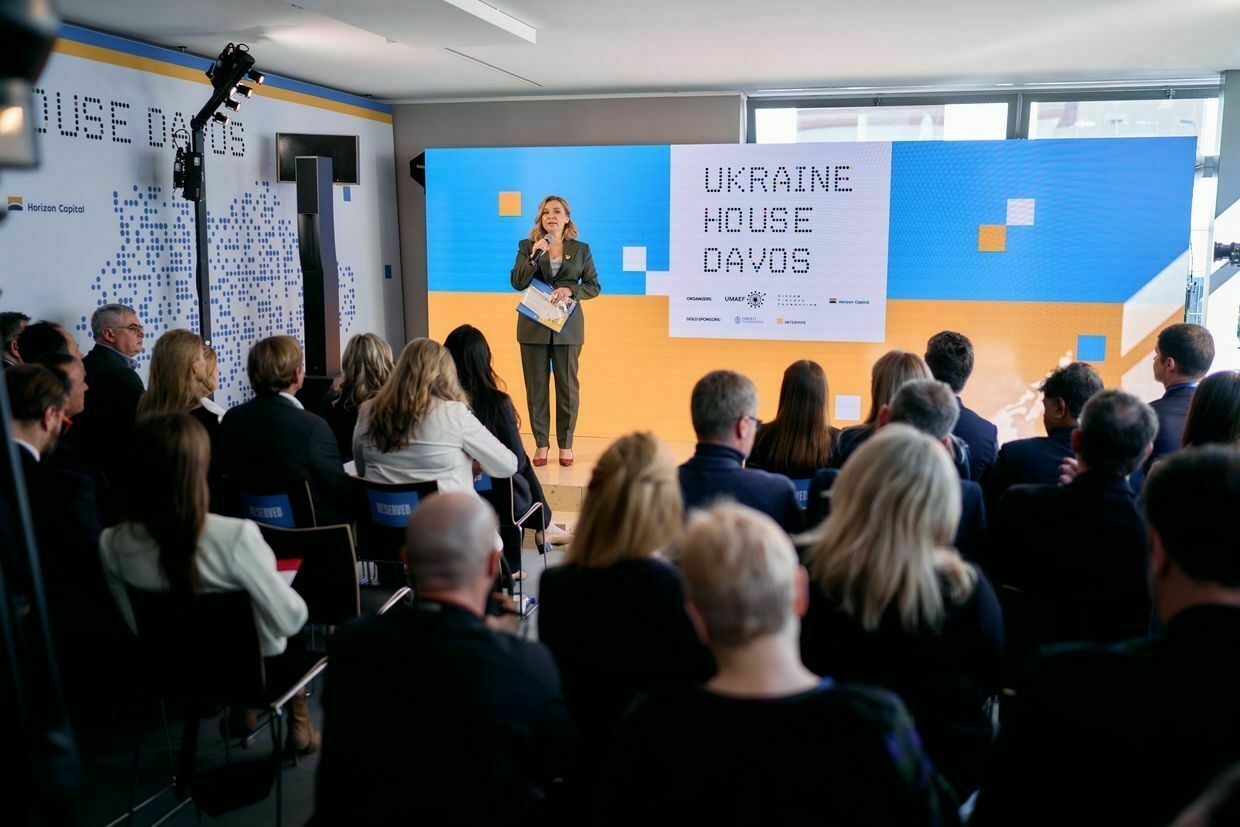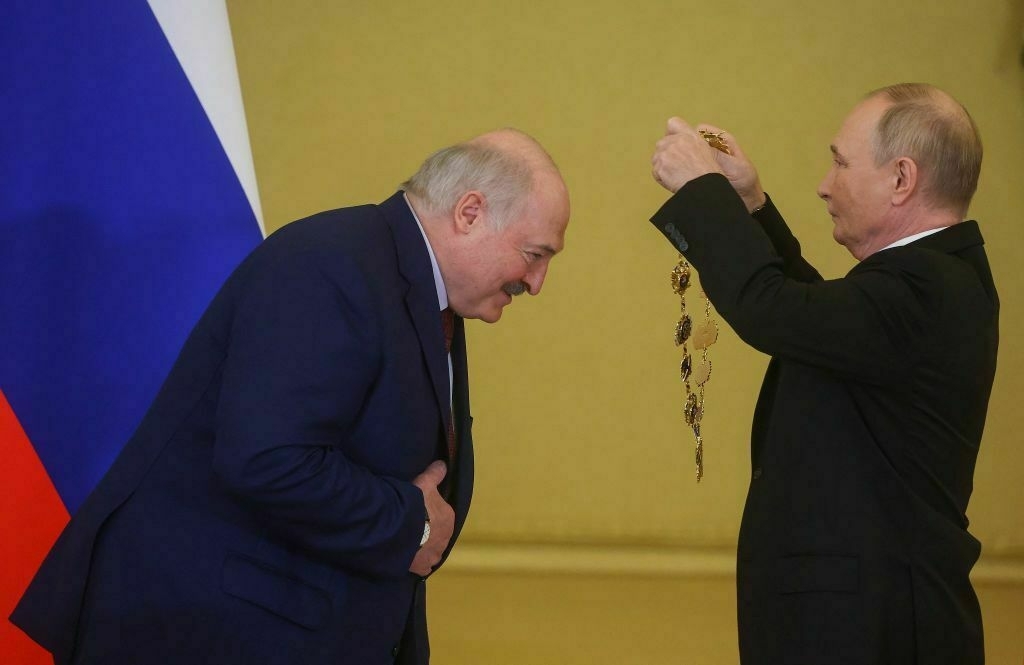Total: 45 posts
Posts in: Climate
Ukraine
Russia
Climate
USA
Kremlin elite losing faith in security as deep‑strike threats and suspicious deaths mount
By the end of the fourth year of the war, Kremlin elites are gripped by confusion and anxiety as the state struggles to guarantee the safety of even its most senior officials and security chiefs.
Fear is growing inside Russia’s political …
Ukraine
Russia
Climate
Germany launches €45 million UkraineConnect program to mobilize private investment in Ukraine
The German government plans to draw investment from German companies into Ukraine through a new financing tool.
The program’s initial size is set at 45 million euros and will be managed by the state development bank KfW (Kreditanstalt für …
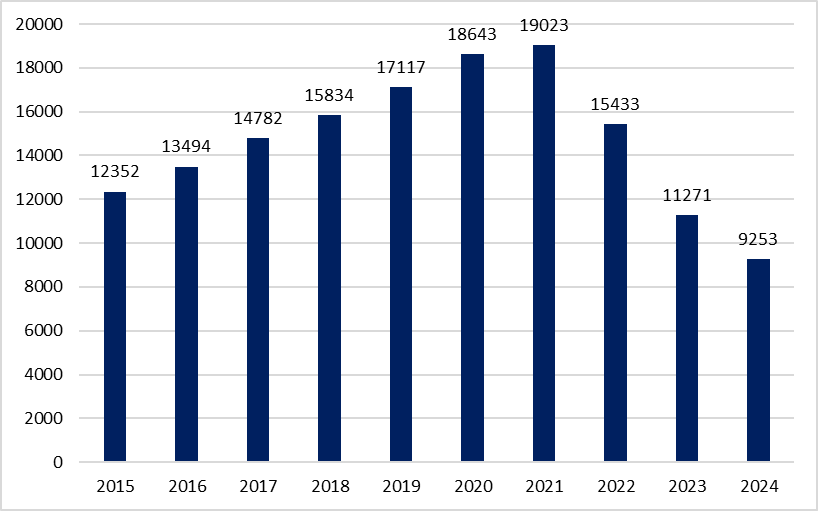
Ukraine
Russia
Climate
Photos
Europe’s Scientific Cooperation with Russia: How Europe Is Preparing for a Probalbe War
Lately, there has been a growing stream of reports suggesting that Europe is preparing for a Russian attack—or at least moving toward accepting that such a scenario may occur. Even Aleksandar Vučić, the president of Serbia and arguably Russia’s …
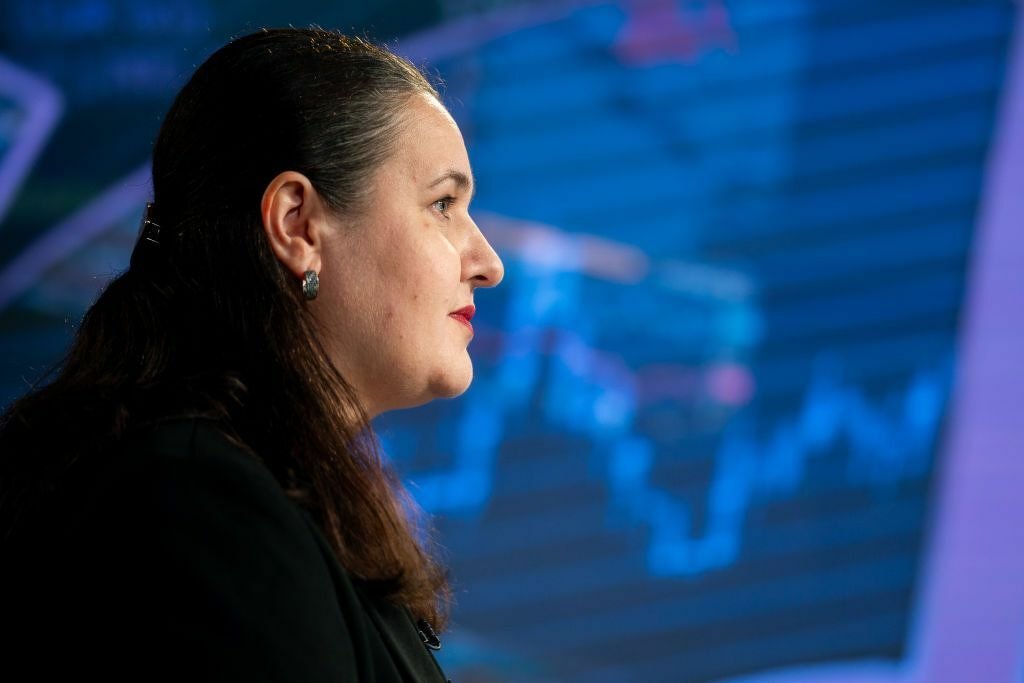
Ukraine
Climate
Photos
Ukraine's ex-ambassador to US named Zelensky's advisor on reconstruction

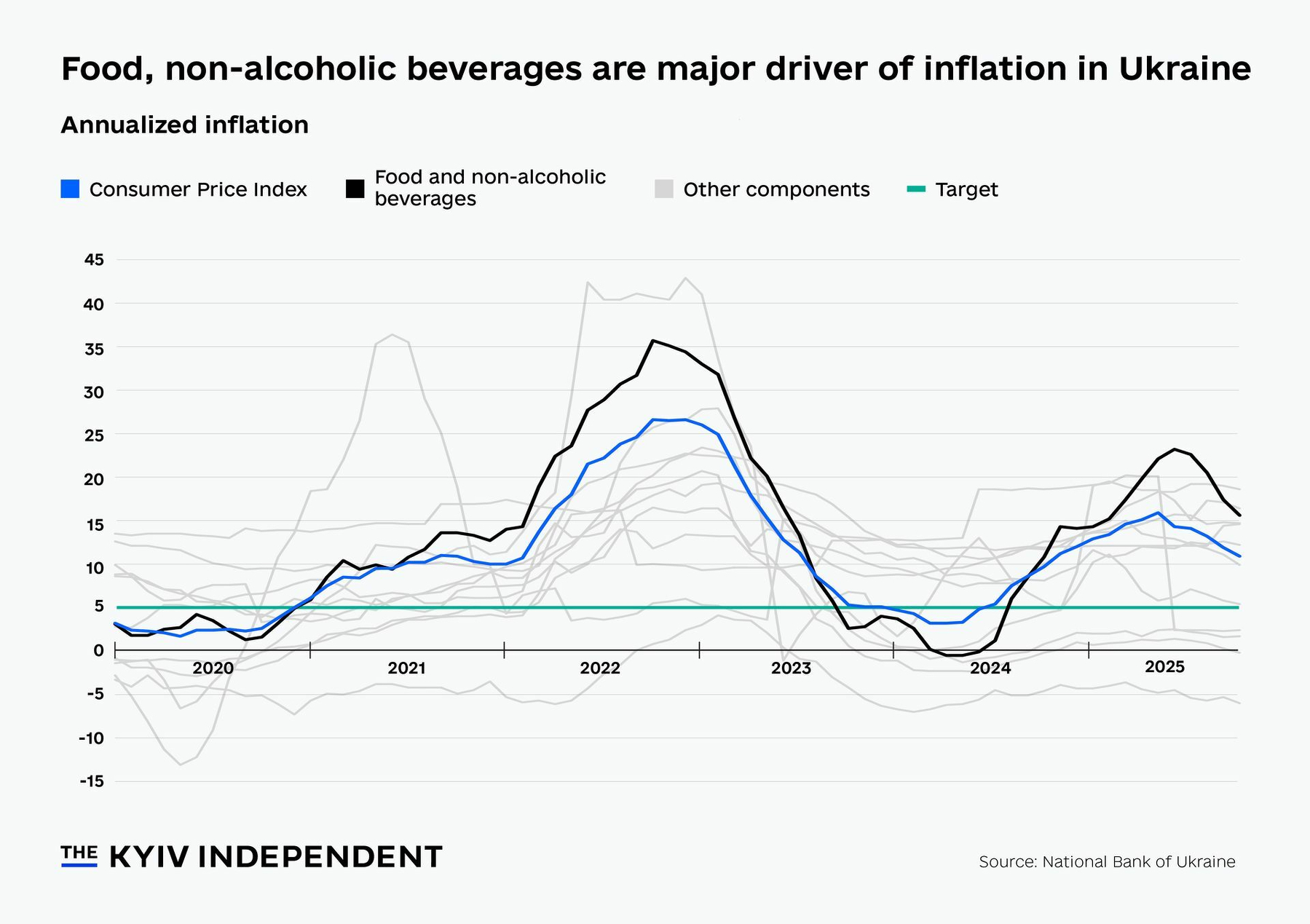
Ukraine
Russia
Climate
Photos
Chart of the week: Food prices fuel inflation in Ukraine amid climate and power woes

A brutal year for Ukraine's farmers is driving up food prices, straining household budgets already hit hard by Russia's war.
In just one year, extreme heat, freezing temperatures, drought, and heavy rains have devastated crops and delayed planting, …
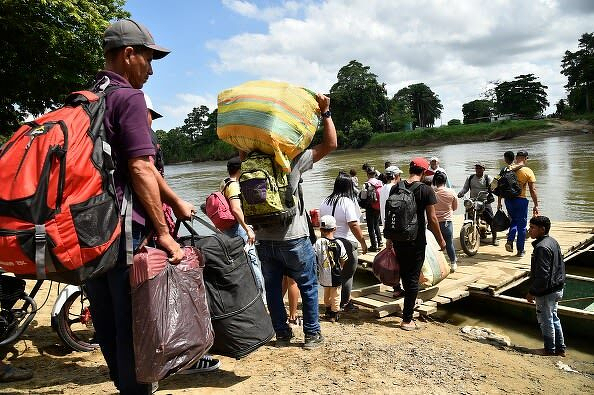
Ukraine
Russia
Climate
Photos
USA
At Colombia-Venezuela border, vulnerable brace for Trump war

Featured Subscriber’s Comment:
“I have been a reader from the beginning, but now that I have a few bucks to spare, yours is the first publication I am subscribing to. Keep up the necessary work!”
By: Michael

